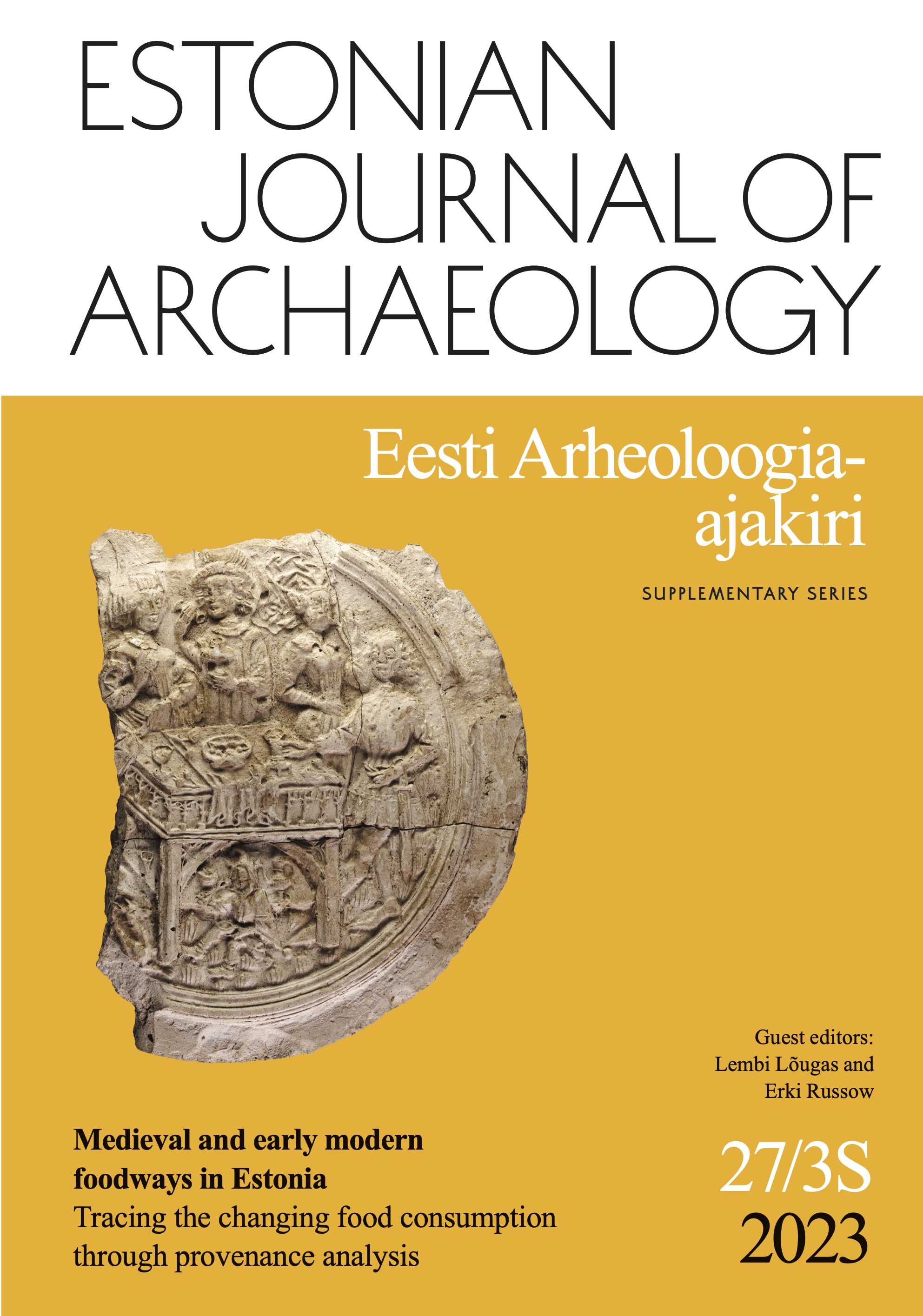Zooarchaeological evidence for the exploitation of birds in medieval and early modern Estonia (ca 1200–1800)
Zooarchaeological evidence for the exploitation of birds in medieval and early modern Estonia (ca 1200–1800)
Author(s): Freydis Ehrlich, Ülle Aguraiuja-Lätti, Arvi HaakSubject(s): History, Archaeology, 13th to 14th Centuries, 15th Century, 16th Century, 17th Century, 18th Century
Published by: Teaduste Akadeemia Kirjastus
Keywords: zooarchaeology; birds; Medieval Period; Early Modern Period; Estonia;
Summary/Abstract: In this paper, we discuss bird bones from sixteen sites across Estonia, focusing on the Medieval and Early Modern Period (ca 1200–1800). Zooarchaeology, stable isotope analysis and Zooarchaeology by Mass Spectometry (ZooMS) are used to explore how the exploitation of birds has differed between sites of various functions and locations. The results demonstrate the ubiquity of the chicken as the most abundant avian species in most sites and periods under study. The goose and the duck were the second and third most common species identified in the assemblages. Species diversity was highest at castle sites, where the presence of different wild birds can be associated with higher social status; however, the use of several bird species is unlikely to be food-related. The most frequently discovered wild birds were the black grouse and the western capercaillie, which are also known to have been served at feasts. This paper presents the first comprehensive study of Estonian avian zooarchaeological material from various contexts, giving a better overview of the importance of birds to historical communities.
Journal: Eesti Arheoloogia Ajakiri
- Issue Year: 27/2023
- Issue No: 3S
- Page Range: 105-122
- Page Count: 18
- Language: English

